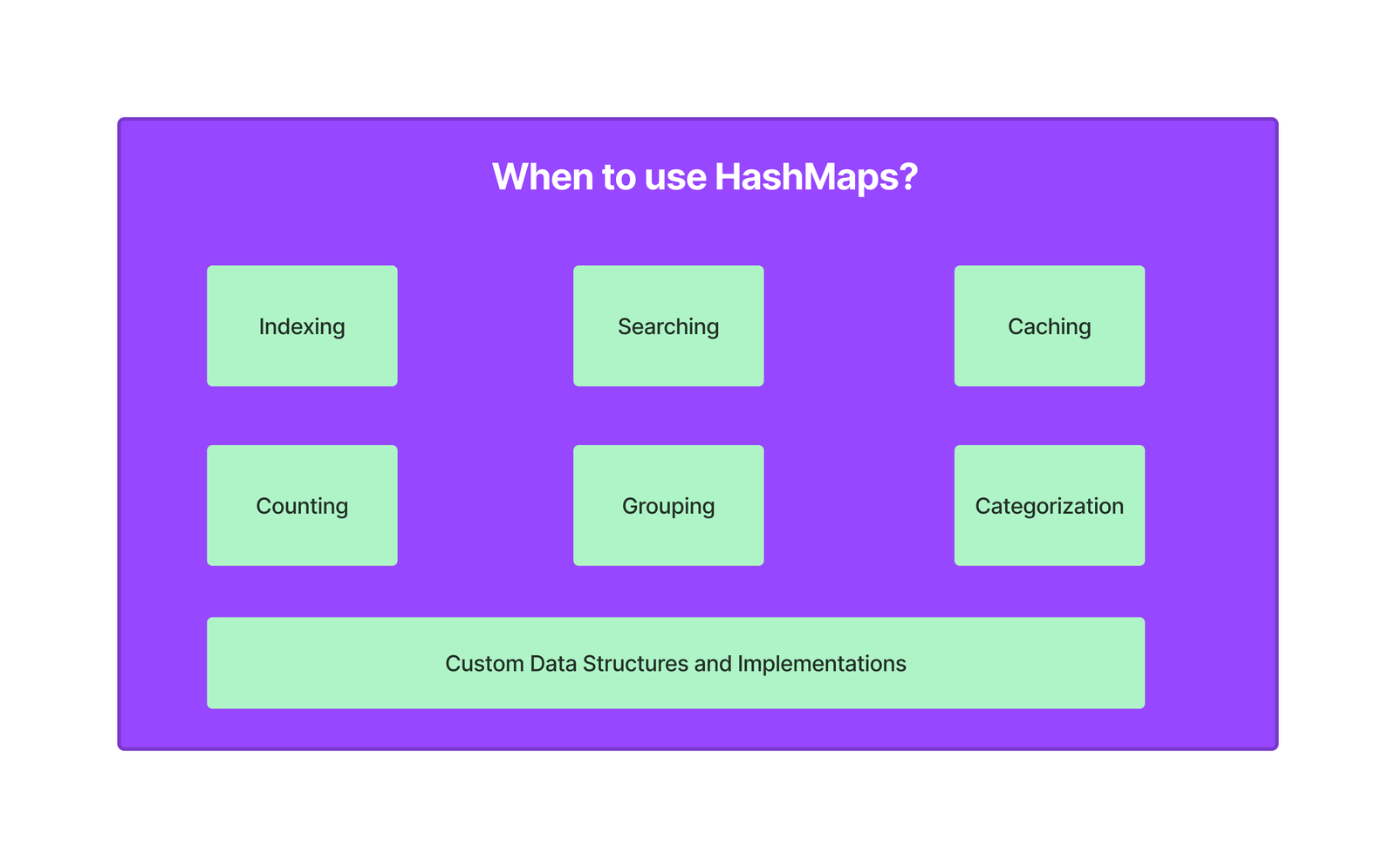Implementing the Circuit Breaker Pattern in Spring Boot

In this article, we will explore how to implement the Circuit Breaker pattern in Spring Boot applications. By leveraging Spring Cloud’s resilience components, we can enhance the reliability and resilience of our microservices.
- Understanding the Circuit Breaker Pattern:
The Circuit Breaker pattern acts as a safeguard against failures in distributed systems. It helps prevent cascading failures by monitoring the availability of a service and isolating it when it experiences issues. When a service is unavailable or responding slowly, the Circuit Breaker pattern opens the circuit and redirects requests to a fallback mechanism, such as returning a cached result or a default response. This pattern allows the system to gracefully degrade its functionality, reducing the impact of failures on the overall system.
- Implementing the Circuit Breaker Pattern with Spring Boot:
To implement the Circuit Breaker pattern in Java Spring Boot, we can leverage Spring Cloud’s resilience components, specifically Netflix Hystrix. Hystrix provides a comprehensive set of features for building resilient microservices, including circuit breaking, fallbacks, and monitoring.
Step 1: Add Dependencies:
In your Spring Boot project, include the necessary dependencies in your pom.xml file:
<dependency>
<groupId>org.springframework.cloud</groupId>
<artifactId>spring-cloud-starter-netflix-hystrix</artifactId>
</dependency>
Step 2: Enable Circuit Breaker Support:
In your main application class, add the @EnableCircuitBreaker annotation to enable Hystrix circuit breaker support:
@SpringBootApplication @EnableCircuitBreaker public class YourApplication {public static void main(String[] args ) { SpringApplication.run(YourApplication.class, args); }}
Step 3: Create a Circuit Breaker-Enabled Service:
Create a service class and annotate the relevant method(s) with the @HystrixCommand annotation. This annotation specifies the fallback method to execute when the circuit breaker is open:
@Service
public class MyService {
@HystrixCommand(fallbackMethod = "fallbackMethod")
public String performOperation() {
// Perform the operation that may fail
}
public String fallbackMethod() {
// Fallback logic to handle the failure
}
}Step 4: Customize Circuit Breaker Properties (Optional):
You can customize various properties of the Circuit Breaker pattern by modifying the application.properties file. For example, you can define the number of failures or timeouts required to open the circuit, the duration before allowing a single request through, and more:
hystrix.command.default.circuitBreaker.requestVolumeThreshold=10
hystrix.command.default.circuitBreaker.sleepWindowInMilliseconds=5000Step 5: Testing the Circuit Breaker:
To test the Circuit Breaker pattern, simulate failures or delays in the service being called. When the failure threshold is reached, the circuit will open, and subsequent requests will be redirected to the fallback method. You can verify this behavior by monitoring the logs or adding metrics with tools like Spring Boot Actuator.
Implementing the Circuit Breaker pattern using Spring Boot and Netflix Hystrix provides an effective approach to handle failures in microservices. By leveraging Spring Cloud’s resilience components, we can enhance the reliability and resilience of our applications. The Circuit Breaker pattern helps prevent cascading failures, isolate failing services, and gracefully degrade system functionality when necessary. By incorporating this pattern into our microservices architecture, we can build more robust and reliable systems that provide





2 Responses